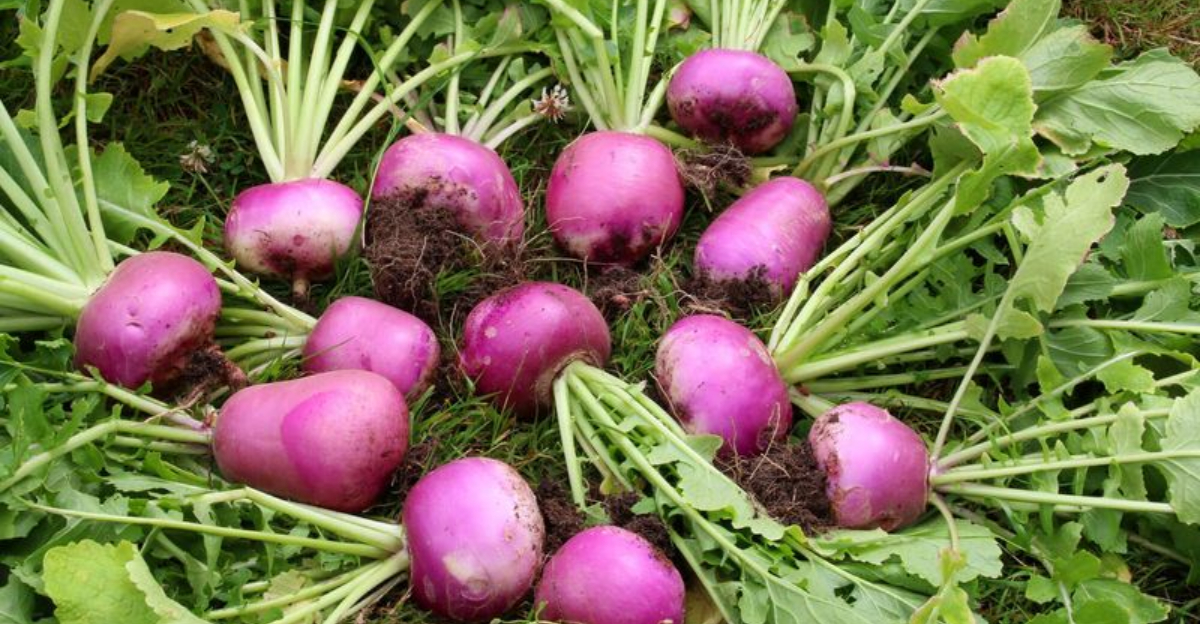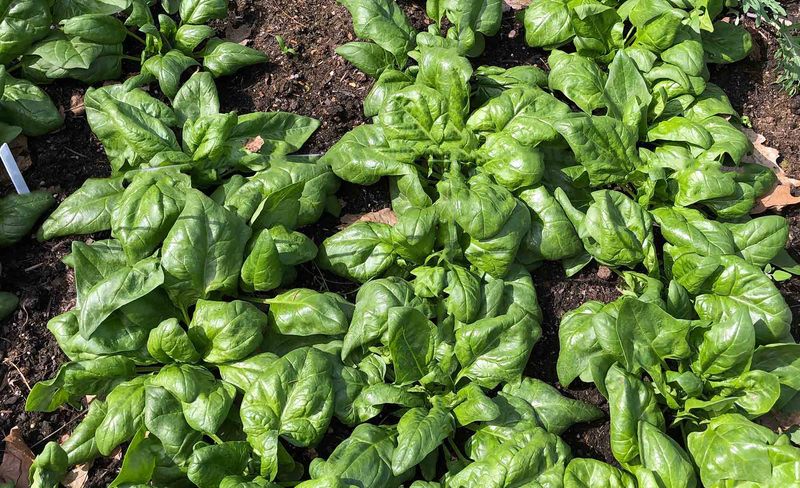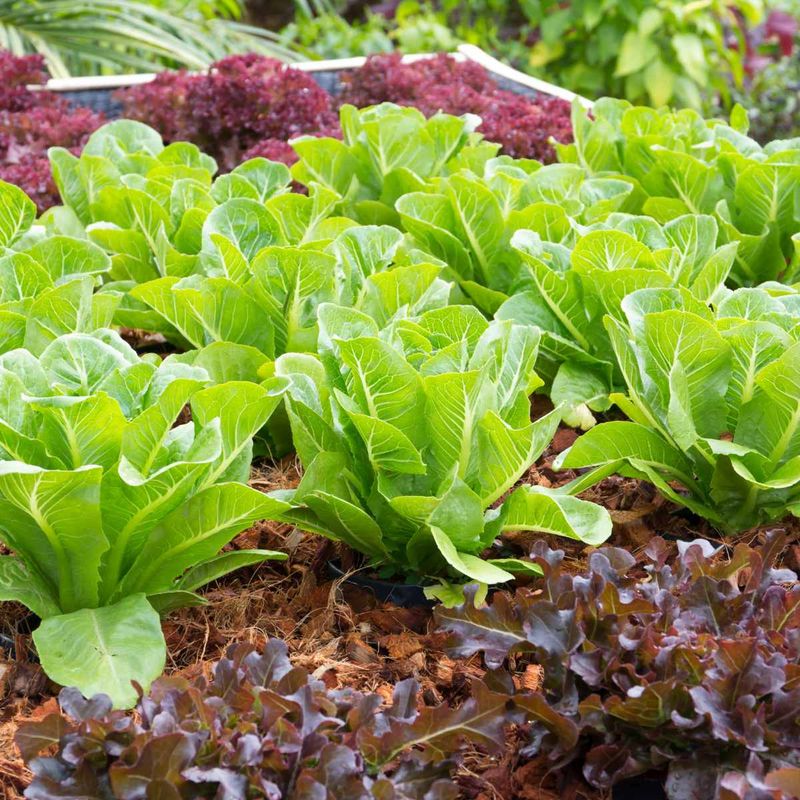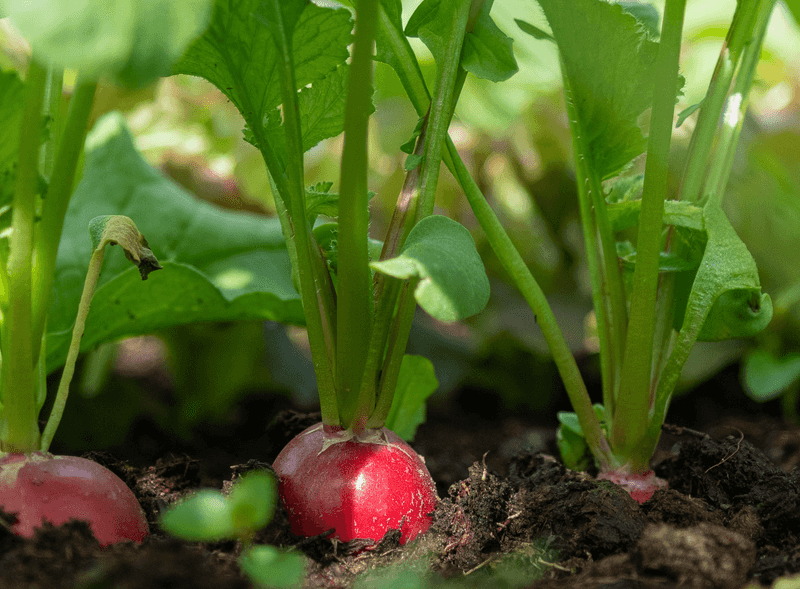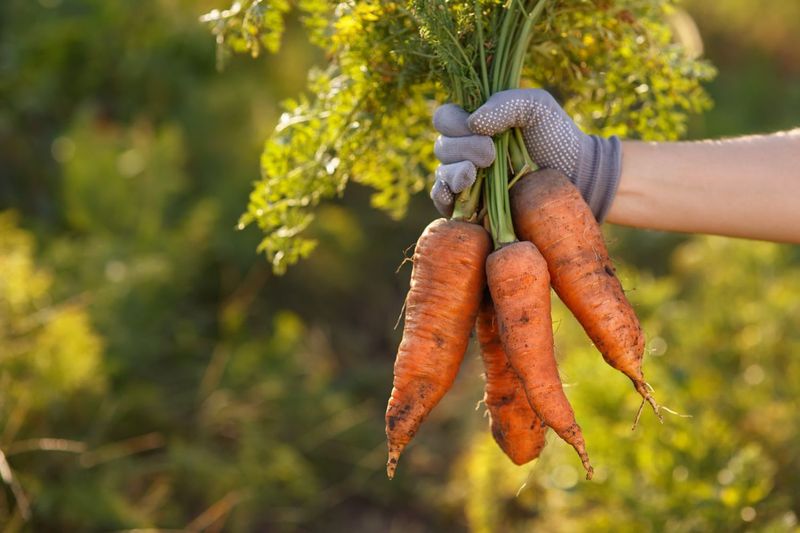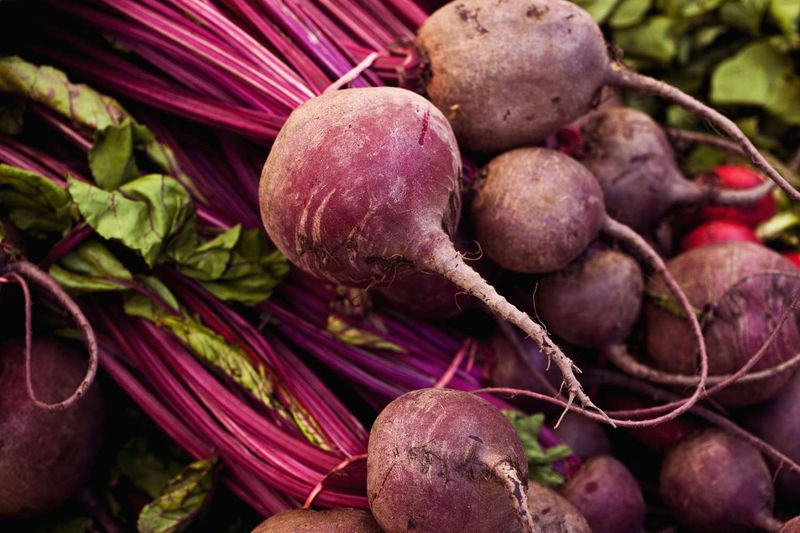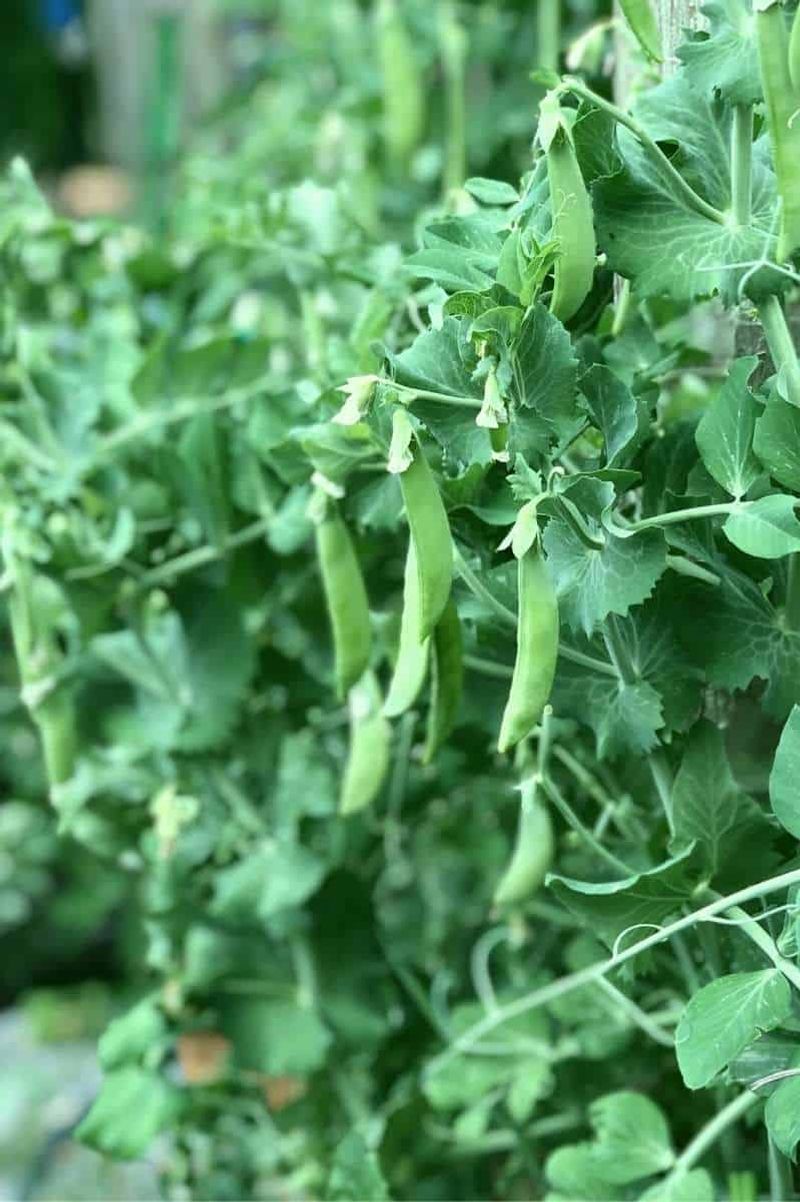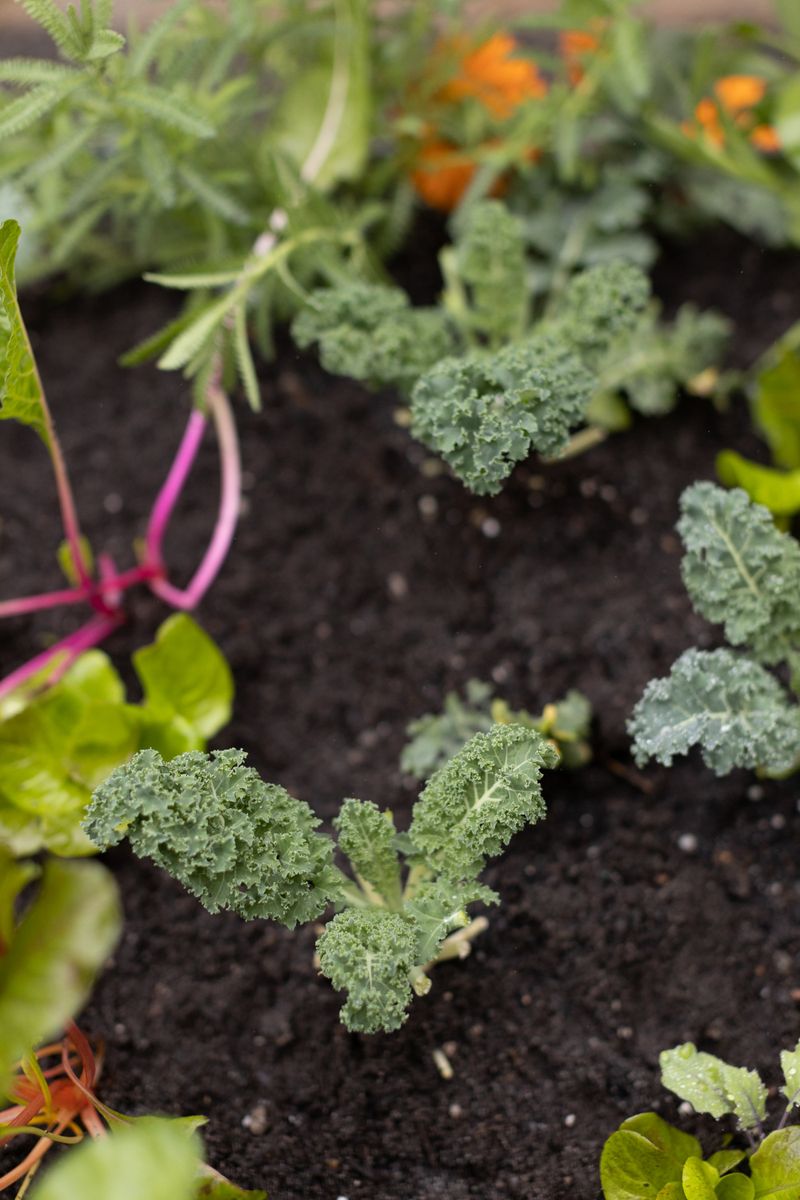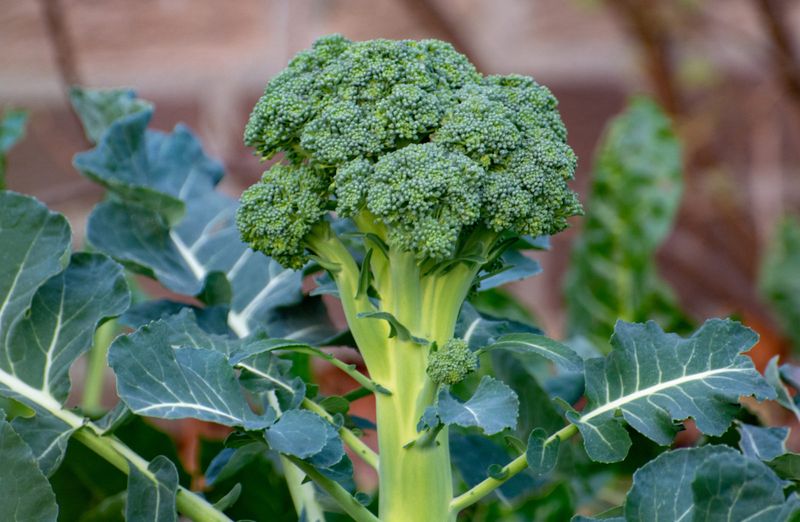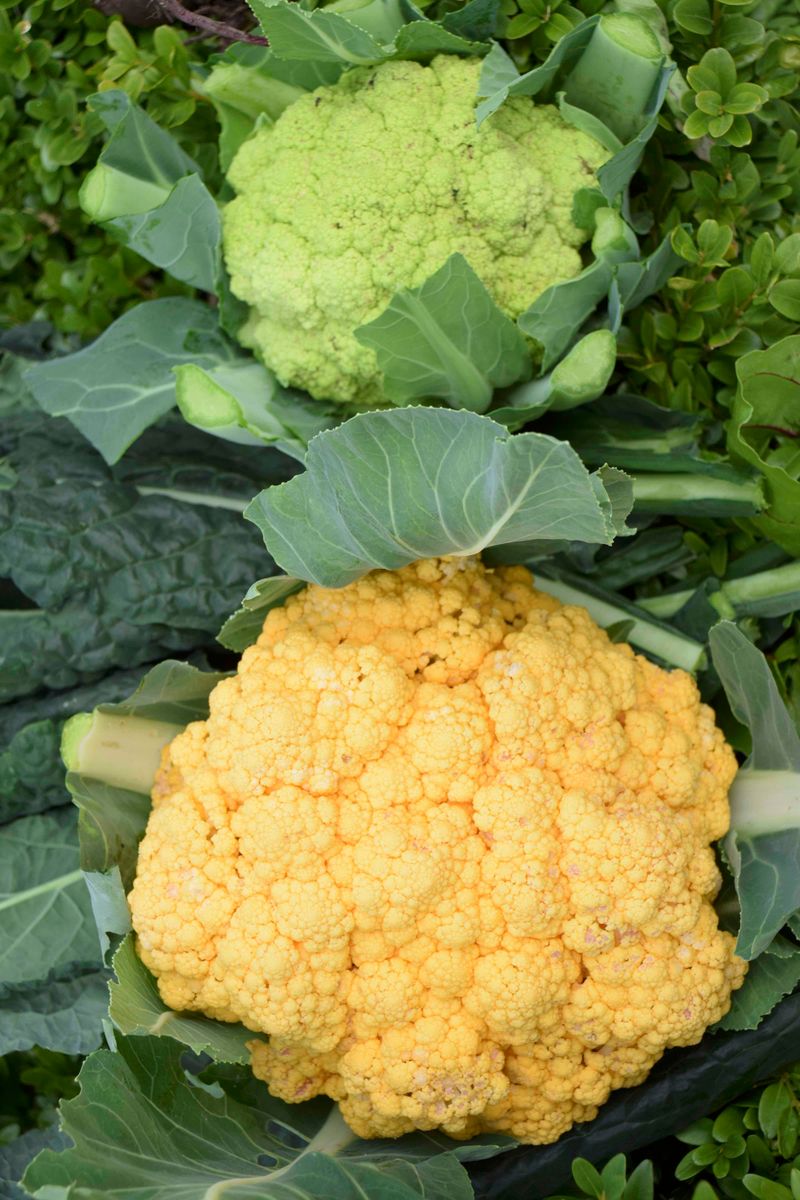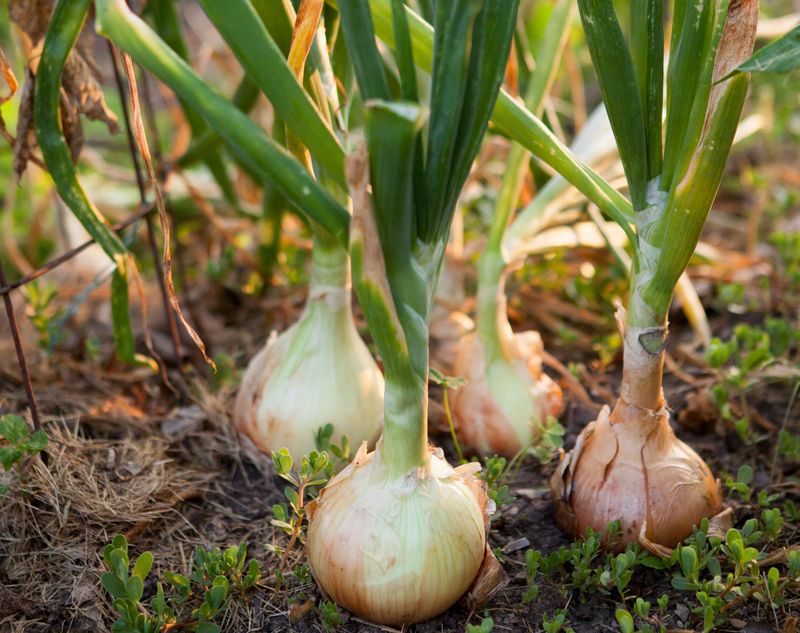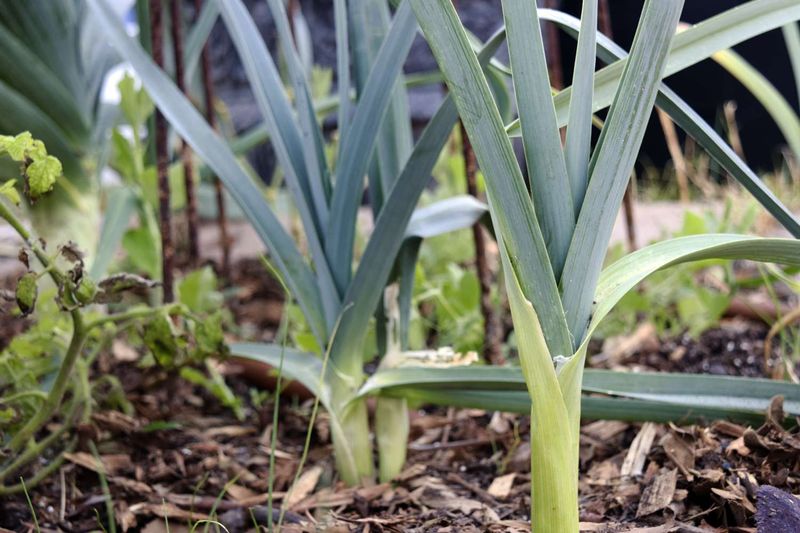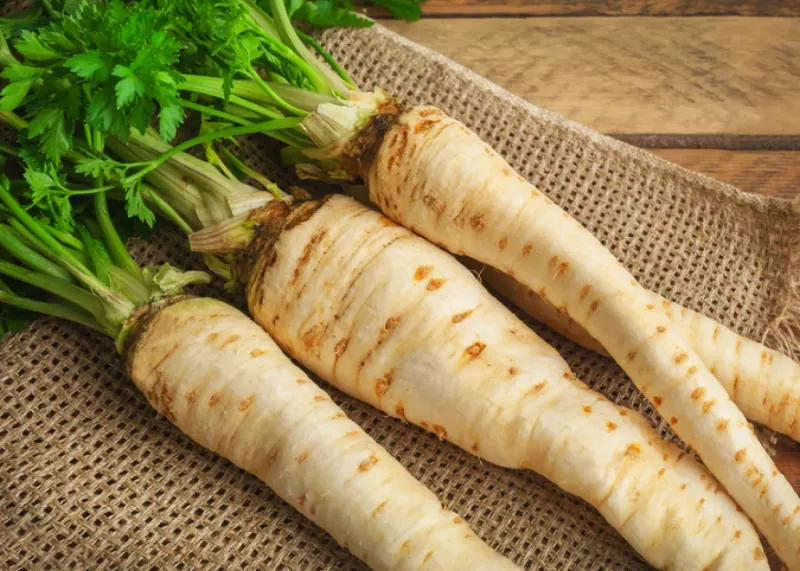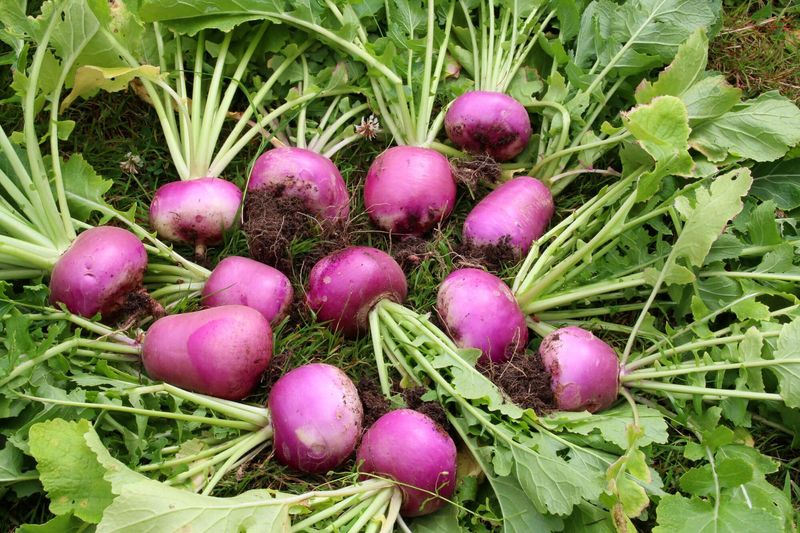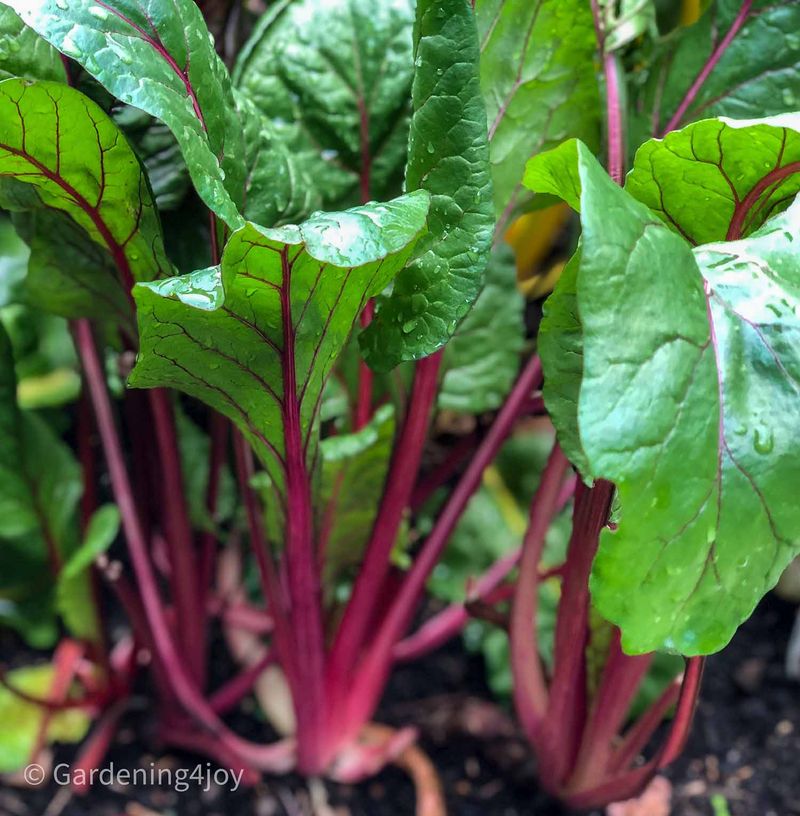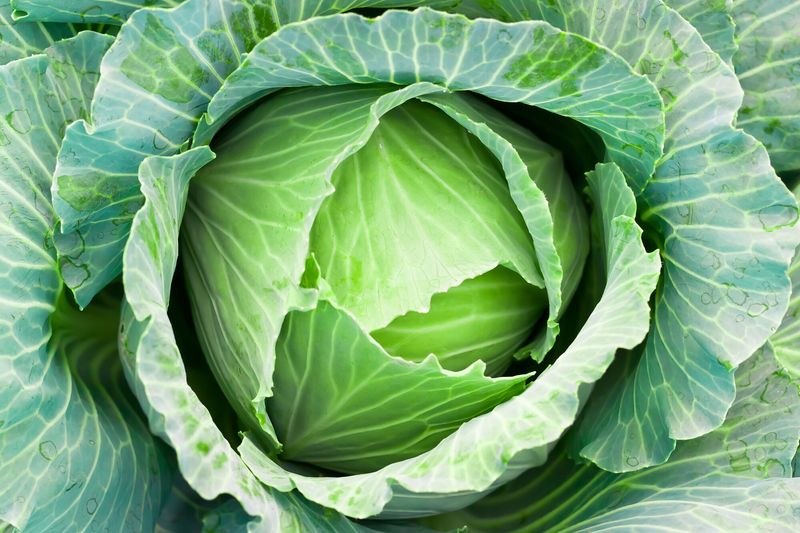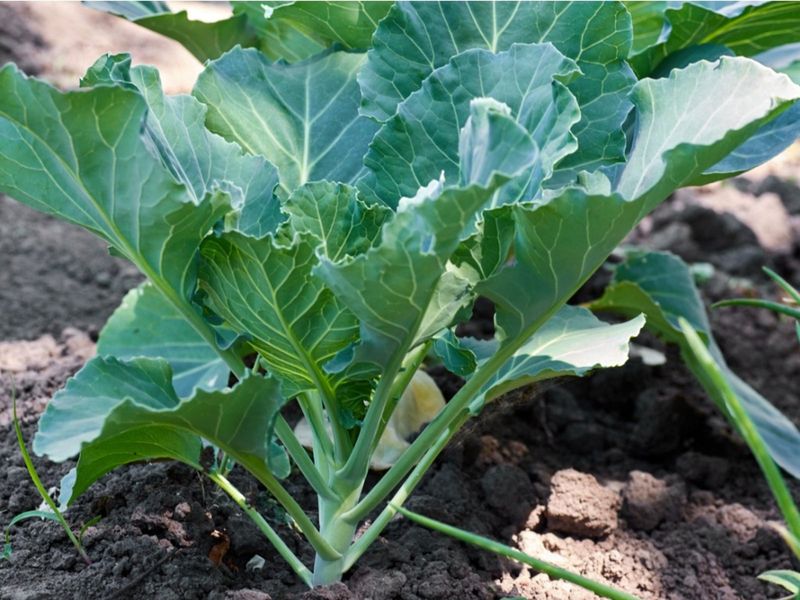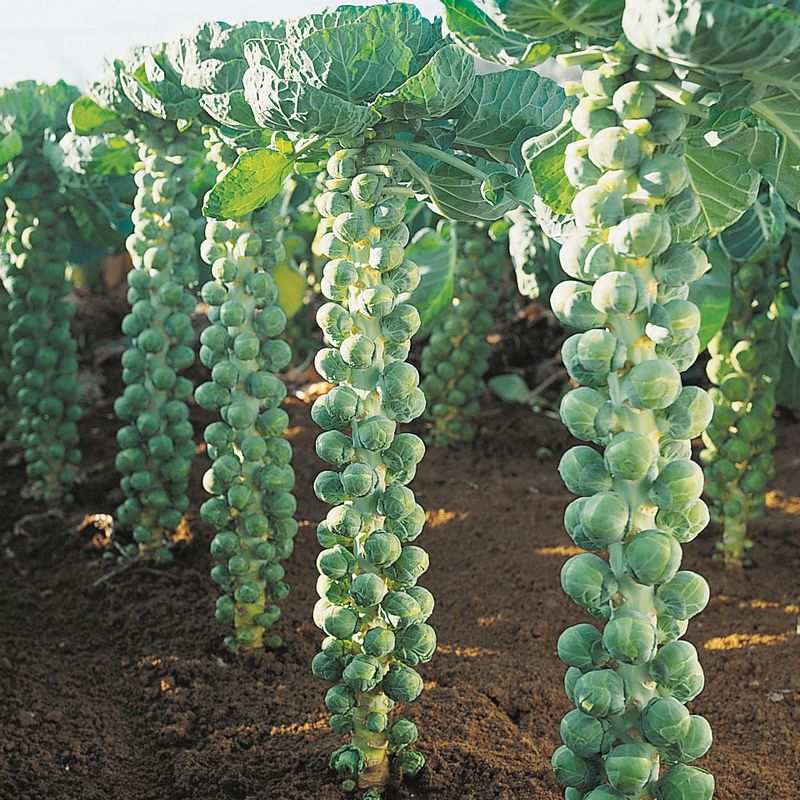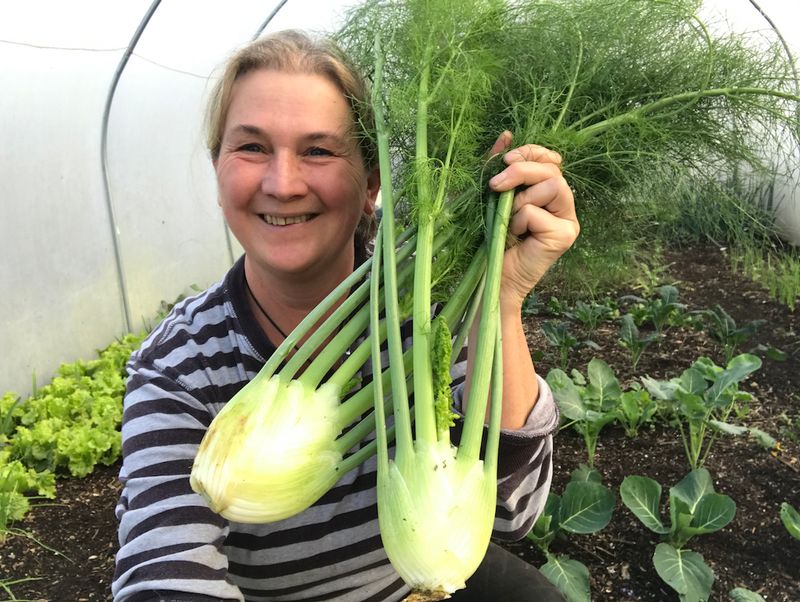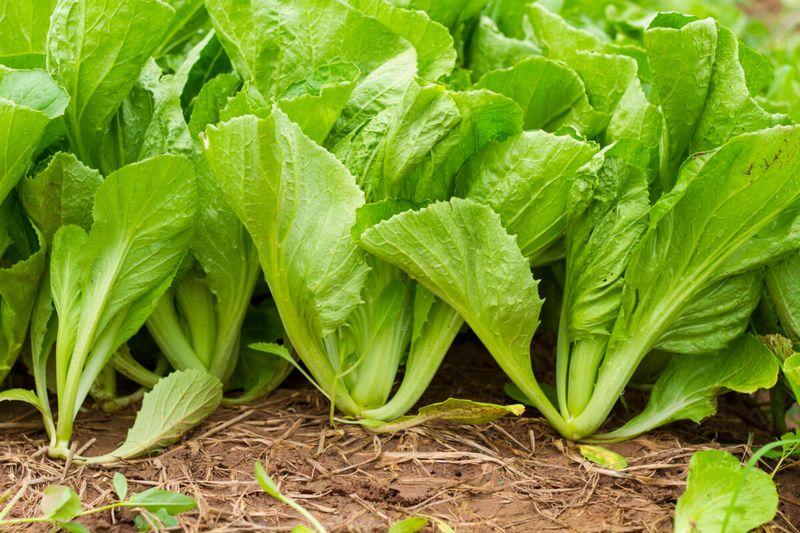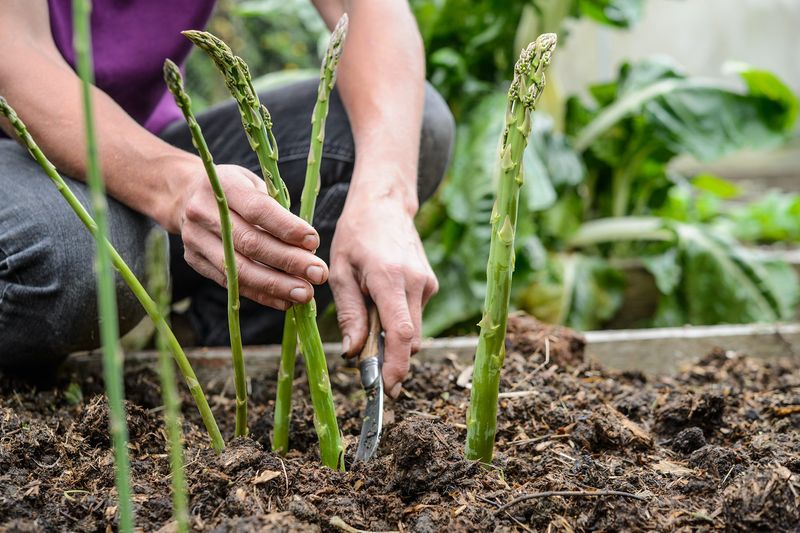March ushers in the promise of spring, making it an ideal time to sow a variety of vegetable crops.
With temperatures on the rise and days getting longer, gardeners can take advantage of the burgeoning season to plant seeds that will flourish in the coming months.
Here, we explore twenty must-sow vegetables for March, each with its own unique charm and growing requirements.
1. Spinach
Spinach is a fast-growing leafy green perfect for March sowing. Its resilience to cold makes it ideal for early spring planting. It thrives in well-drained soil with plenty of organic matter.
Water regularly to keep the soil moist but not soggy, ensuring robust growth. Harvest young leaves for the best taste and nutritional content.
For continuous harvests, plant seeds every couple of weeks. Spinach is rich in iron and vitamins, making it a nutritious addition to salads and cooked dishes.
2. Lettuce
Lettuce is a spring favorite, offering a variety of colors and flavors. Plant seeds in well-drained soil with good sunlight exposure.
Space the seeds evenly for optimal growth, and keep the soil consistently moist. Harvest outside leaves regularly to encourage new growth.
Choose from butterhead, romaine, or loose-leaf varieties. Lettuce is perfect for fresh salads, sandwiches, and wraps, providing crunch and nutrients.
3. Radishes
Radishes are quick-maturing root vegetables, ideal for impatient gardeners. Sow seeds in well-prepared soil, ensuring they are spaced appropriately for bulb development.
They thrive in full sun and require regular watering. Radishes can be harvested in as little as 3-4 weeks.
Enjoy them raw in salads or as a crunchy snack. Their peppery flavor adds zest to any dish. Succession planting ensures a constant supply.
4. Carrots
Carrots are a classic choice for March planting. They require loose, sandy soil free of stones for straight growth. Sow seeds thinly to avoid overcrowding.
Keep the soil consistently moist to aid germination. Carrots take longer to mature but are worth the wait.
Harvest when they reach the desired size and enjoy them raw or cooked. Carrots are rich in beta-carotene, promoting healthy vision.
5. Beets
Beets are versatile and easy to grow, making them perfect for March sowing. They prefer well-drained soil and full sun. Plant seeds directly into the ground, thinning seedlings to allow space to develop.
Water consistently to promote healthy growth. Both roots and leaves are edible, offering culinary flexibility.
Harvest beets when they reach the size of a golf ball. Beets are rich in folate and fiber, great for salads and stews.
6. Peas
Peas are a delightful addition to the garden, thriving in the cool temperatures of early spring. Plant seeds in well-drained soil with a trellis for support.
Ensure even watering to support pod development, and protect from birds. Peas can be harvested when pods are full.
Enjoy them fresh or cooked. Their sweetness complements various dishes. Peas also fix nitrogen, enriching the soil for future crops.
7. Kale
Kale is a hardy leafy green perfect for March sowing. It thrives in cool weather and can withstand light frosts. Plant seeds in rich, well-drained soil with ample sunlight.
Space plants to allow for growth and water regularly. Harvest leaves from the bottom up to encourage new growth.
Kale is nutrient-dense, rich in vitamins A, C, and K. Use it in salads, smoothies, or as a cooked side dish.
8. Broccoli
Broccoli is a nutritious spring crop that prefers cooler temperatures. Sow seeds in fertile, well-drained soil with good sunlight.
Ensure adequate space for each plant, and keep soil moist to support growth. Harvest when heads are firm and tight.
Broccoli is packed with vitamins C and K, and it’s great for steaming, roasting, or adding to stir-fries. Stagger planting for a prolonged harvest period.
9. Cauliflower
Cauliflower flourishes in cool weather, making March an ideal time to plant. It requires fertile, well-drained soil and consistent moisture.
Provide plenty of space for each plant to develop its head. Harvest when heads are firm and white.
Rich in vitamins C and K, cauliflower is versatile, suitable for roasting, mashing, or making a low-carb rice substitute. Protect from pests with organic methods.
10. Onions
Onions are a staple in many cuisines and easy to grow. Plant onion sets in well-drained soil with full sun exposure.
Space them properly to allow room for bulb development. Water consistently to maintain soil moisture.
Onions can be harvested when tops fall over and bulbs are large. They add flavor to a variety of dishes, from soups to salads. Store in a cool, dry place for long-term use.
11. Leeks
Leeks are a flavorful member of the onion family, perfect for March planting. They need fertile, well-drained soil and full sun.
Plant in trenches and gradually fill in soil to blanch stems. Water regularly to keep soil moist.
Harvest leeks when they reach about an inch in diameter. They add depth to soups, stews, and risottos. Leeks are a great source of vitamins A and C.
12. Parsnips
Parsnips are a root vegetable with a sweet, nutty flavor, perfect for March sowing. They thrive in deep, rich soil with good drainage.
Sow seeds thinly and keep soil moist for successful germination. Parsnips take several months to mature.
Harvest in fall for a sweet taste. Use parsnips in roasts, soups, and purees. Rich in fiber and vitamins, they are nutritious and versatile.
13. Turnips
Turnips grow well in cool weather and are ideal for early spring planting. They prefer loose, fertile soil with good drainage.
Sow seeds thinly and keep soil consistently moist. Turnips mature quickly, and both roots and greens are edible.
Harvest when roots are about three inches in diameter. Turnips are great for roasting, mashing, or adding to stews. They’re rich in vitamin C and minerals.
14. Swiss Chard
Swiss chard is a vibrant leafy green that thrives in early spring. It requires well-drained, fertile soil and a sunny spot.
Sow seeds directly into the soil and water regularly. Harvest leaves when they reach desired size.
Swiss chard is versatile, suitable for salads, sautés, and stews. Packed with vitamins A, C, and K, it’s a nutritious choice. Continual harvesting encourages new growth.
15. Cabbage
Cabbage is a robust crop for March sowing, thriving in cool weather. Plant seeds in well-drained, fertile soil with full sun.
Space plants properly to allow heads to form. Water consistently to avoid splitting.
Harvest when heads are firm and tight. Cabbage is rich in vitamins C and K, ideal for salads, slaws, and fermenting into sauerkraut.
16. Collard Greens
Collard greens are a nutritious leafy vegetable perfect for early spring planting. They thrive in cool temperatures and well-drained soil.
Sow seeds directly into the ground and water consistently. Harvest leaves from the bottom to promote new growth.
Collards are packed with vitamins A, C, and K, and are excellent for stews and sautés. Their hearty texture holds up well in cooking.
17. Brussels Sprouts
Brussels sprouts love cool weather, making March ideal for planting. They need fertile, well-drained soil and full sun.
Space plants adequately for air circulation and water consistently. Harvest sprouts from the bottom up for best flavor.
Rich in vitamins C and K, Brussels sprouts are great when roasted or steamed. They add a unique texture and flavor to dishes.
18. Fennel
Fennel is a flavorful herb and vegetable, ideal for March planting. It prefers well-drained soil and a sunny location.
Sow seeds directly and water regularly. Harvest bulbs when they are the size of a tennis ball.
Fennel’s anise-like flavor complements salads and cooked dishes. Both the bulb and fronds are edible. Rich in vitamin C and fiber, fennel adds a unique touch to meals.
19. Mustard Greens
Mustard greens are a spicy, nutritious leafy green perfect for spring sowing. They thrive in cool weather and well-drained soil.
Sow seeds directly and water consistently to promote growth. Harvest leaves when young for a milder taste.
Mustard greens are rich in vitamins A, C, and K. Use them in salads, stir-fries, or as a peppery side dish. Continuous harvesting encourages new growth.
20. Asparagus
Asparagus is a perennial vegetable that requires patience but offers long-term rewards. Plant crowns in well-drained soil and full sun in March.
It takes a few years to establish, but once mature, it produces for decades. Water regularly and mulch to retain moisture.
Harvest spears in spring when they reach 6-8 inches tall. Asparagus is rich in vitamins A and C, perfect for steaming or grilling.
